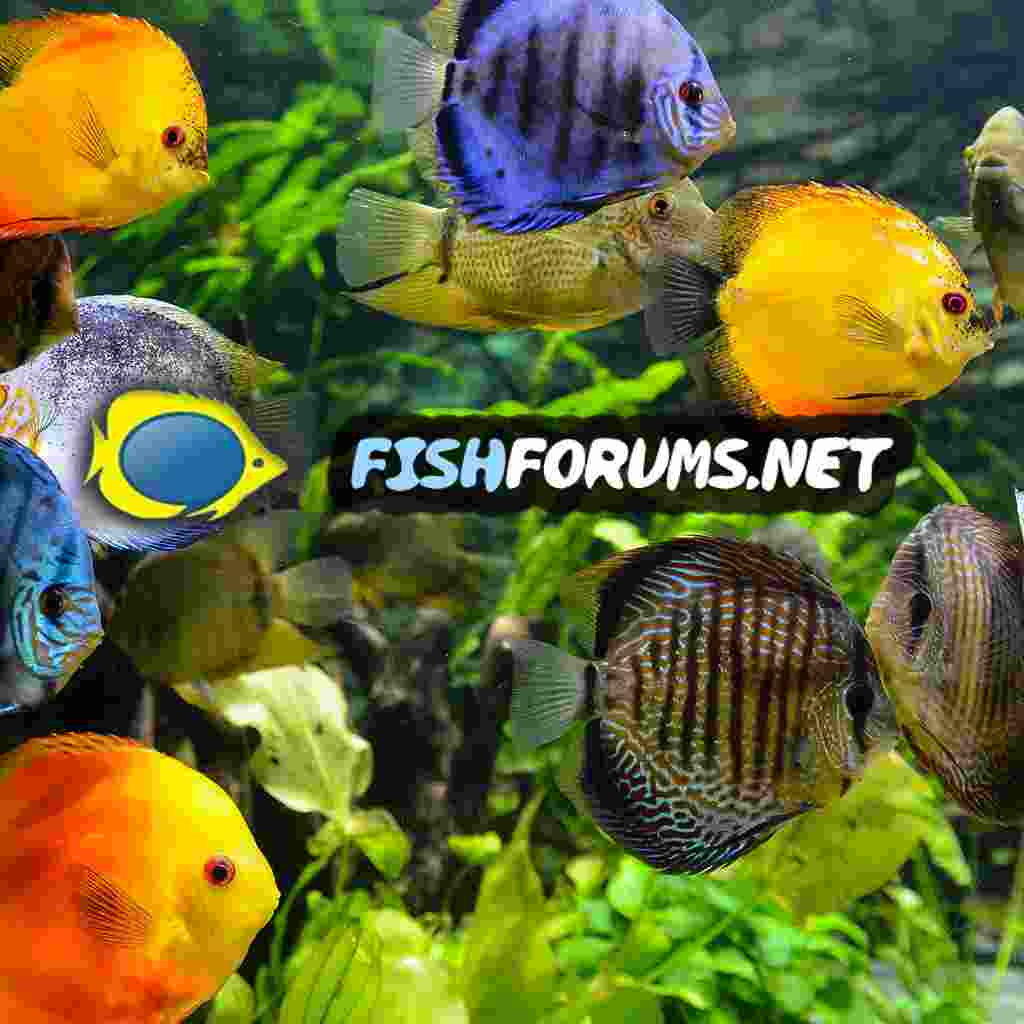The young fish will be fine to put in with the other Angels.
When I used to breed Angels commercially we had a holding tank with about 30 adult fish, we used to separate them out into smaller tanks for breeding then once they had spawned we would put them back into the holding tank. The population in the holding tank was always a mixture of older and younger fish. Angels communities always do best when you have a tank with just Angels. Most cichlids do best in single specie tanks. This is my Severum tank and story:

 www.fishforums.net
www.fishforums.net
When I used to breed Angels commercially we had a holding tank with about 30 adult fish, we used to separate them out into smaller tanks for breeding then once they had spawned we would put them back into the holding tank. The population in the holding tank was always a mixture of older and younger fish. Angels communities always do best when you have a tank with just Angels. Most cichlids do best in single specie tanks. This is my Severum tank and story:
Severums having fun
This is mum dad and the kids. This was a 250 liter tank the Severums spawned multiple times and always managed to raise a few. When I sold the set up there were 30 Severums plus the two Jewel Cichlids you can see in the photo.
 www.fishforums.net
www.fishforums.net

